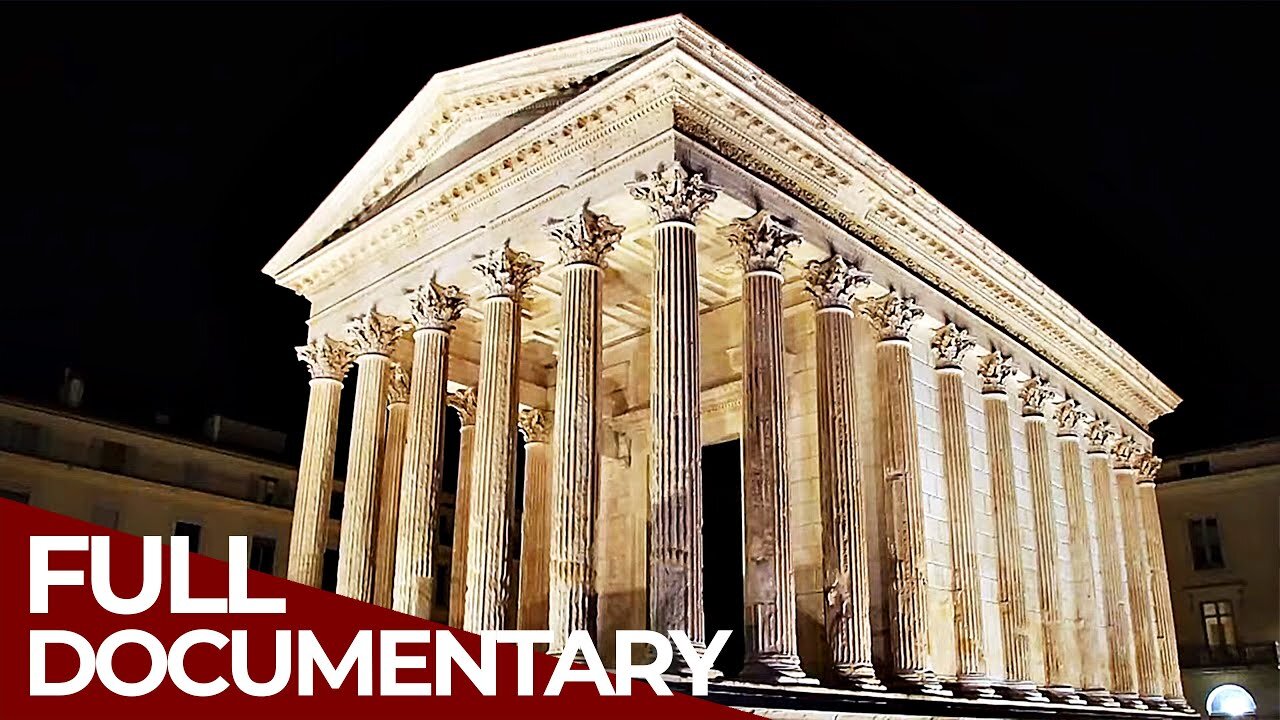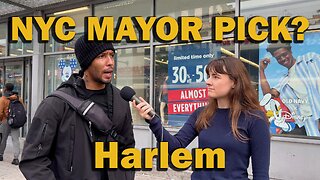Premium Only Content

The Roman Empire - A Millennium of Conquest | Empire Builders | Free Documentary History
Empire Builders - Episode 2: The Roman Empire - A Millenium of Conquest | History Documentary
The Roman Empire was the most powerful economic, cultural, political and military force in the world of its time and became one of the largest empires in world history. At its height under Emperor Trajan, it covered 5 million square kilometres, holding sway over an estimated 70 million people, at that time 21% of the world's entire population, controlling large territorial holdings around the Mediterranean Sea in Europe, North Africa and The Middle East.
For 500 years the city of Rome was the largest city in the world .The longevity and vast extent of the empire , ruled for its entirety from Rome, ensured the lasting influence of Latin and Greek language, culture, religion, inventions, architecture, philosophy, law and forms of government on the empire's descendants.
In this episode of Empire Builders we explore ten sites that defined the Roman Empire. We begin at the battle site of Alesia in Eastern France where Caesar defeated the Gauls in 53BC. His adopted son, Augustus, regarded as the greatest of Roman Emperors, expanded the empire during his 41 year reign and began many grand construction projects completed in subsequent decades. Among these were magnificent temples such as the Maison Caree in Nimes, France, and amphitheatres such as the 6,000 seat theatre that survives in Merida, Spain. The Romans also built massive and monumental aqueducts like Pont du Gard, their highest, in southern France and giant stadiums and arenas across the empire modelled on the Colloseum in Rome.
Rome's empire was built on power and conquest. They invented the victory arch. Its not surprising Rome's ingenious and ground breaking building methods were copied by successive European empires and still are today.
Perhaps Rome's greatest building was the Pantheon but we also visit great palaces such as Diocletians Palace in Split, Croatia and huge public baths like those of Caracalla in
Rome itself.
-
 LIVE
LIVE
JuicyJohns
32 minutes ago🟢#1 REBIRTH PLAYER 10.2+ KD🟢$500 GIVEAWAY SATURDAY!
122 watching -
 LIVE
LIVE
The Bubba Army
22 hours agoHulk Hogan had Leukemia? - Bubba the Love Sponge® Show | 8/01/25
2,893 watching -
 18:36
18:36
DeVory Darkins
8 hours ago $3.55 earnedTrump scores MAJOR WIN with Americas youth as Biden drops HORRIBLE speech
8.44K22 -
 14:13
14:13
Clickbait Wasteland
14 hours ago $4.28 earnedAsking New Yorkers Who they Support for Mayor: Harlem
29.9K26 -
 19:55
19:55
The Rad Factory
15 hours ago $1.33 earnedCan I Fix My Fire Damaged F1 Car?
12.8K1 -
 1:26:22
1:26:22
Dialogue works
2 days ago $0.36 earnedScott Ritter: Russia Just DEFIED the U.S.: We'll End the War on OUR Terms!
3.35K8 -
 LIVE
LIVE
BEK TV
23 hours agoTrent Loos in the Morning - 8/01/2025
255 watching -
 13:08
13:08
Dad Saves America
13 hours ago $1.53 earnedTeachers Unions Play Politics While Students Lag Behind - Poisoning of the American Mind: Pt 4
18K11 -
 20:05
20:05
Preston Stewart
13 hours ago $2.27 earnedCrimea Raid to Chasiv Yar Fight
20K9 -
 8:11
8:11
Millionaire Mentor
16 hours agoTulsi Gabbard and Leavitt DOUBLE-TEAM Kaitlan Collins in FIERY Exchange
16.1K6